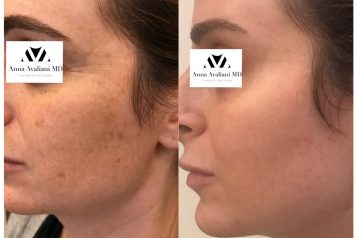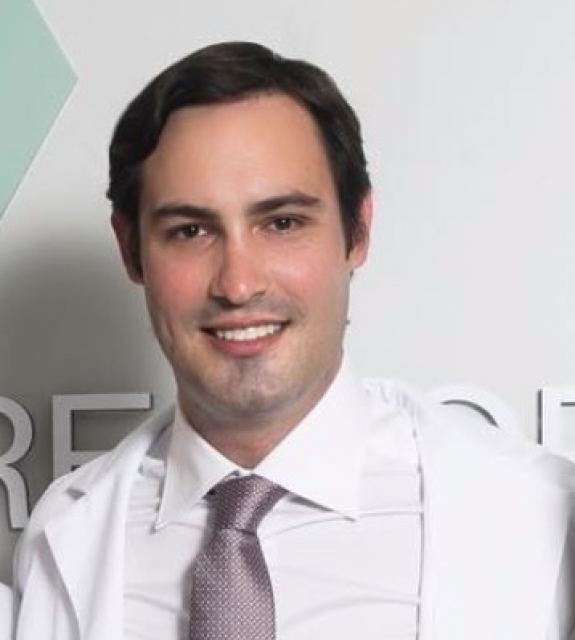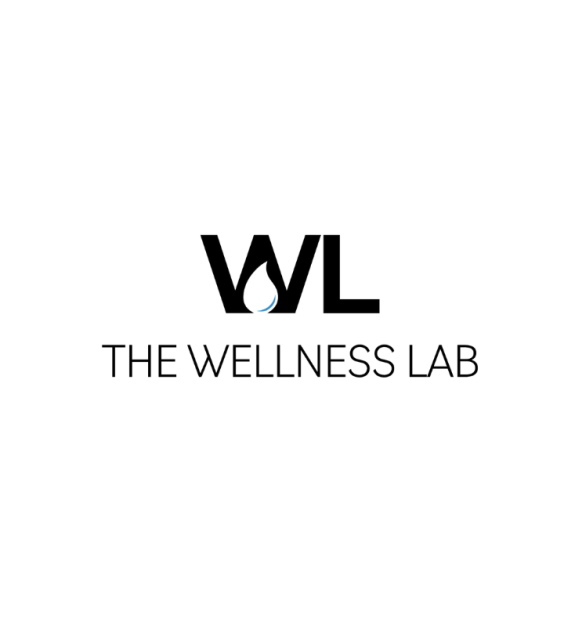Dr. Kelly Sullivan is one of the nation’s preeminent plastic surgeons, and she has developed multiple innovative surgical procedures that create beautiful, natural results with minimal downtime. Patients have traveled across the country and from overseas for her services, and many doctors and nurses have selected her to perform their own surgeries, as well as the surgeries of their family members. Dr. Sullivan has received many professional and personal awards and recognitions for her work both in her office, at the hospital, and in her community. Some of her most recent awards include America’s Top Plastic Surgeons, What’s Up Top Docs, Talk of the Town, Most Compassionate Doctor, Patient’s Choice Award, CASA Community Leadership Award, the Daily Record’s “Top One Hundred Women in Maryland,” the YWCA TWIN award, the Kevin E. Reichardt Community Leadership Award, and Castle Connelly's Top Doctors. Haute Beauty discusses with Dr. Kelly Sullivan the breast reconstruction options that are offered post-mastectomy.

Every October, doctors, survivors, and people alike observe Breast Cancer Awareness Month. Being diagnosed with breast cancer can be understandably overwhelming. It is important to remember that if faced with a breast cancer diagnosis, you will have choices on how, and if, you would like to reconstruct your breasts following removal of the cancer. For women who opt for breast reconstruction following mastectomy, there are two main options – using implants to create a breast mound or using your own body tissue to reconstruct.
Breast reconstruction options
Implant reconstruction
When considering implant-based reconstruction, there are different approaches depending on the patient's bodily build, breast size, and desired goals. These procedures work well on women who are reconstructing two matching breasts or who are reconstructing a breast to match an existing "perky" breast that is no larger than a "DD" cup size.
Traditionally, tissue expanders would be placed under the muscle to slowly stretch the tissue over time so that it could then be replaced with a permanent implant. This option would require the first surgery to place the expander (usually at the time of mastectomy) and then weekly or bi-weekly visits to the doctor's office to add water to expand the skin; a second, outpatient surgery would then be performed to remove the tissue expanders and replace with permanent implants.

Many surgeons today are using tissue grown in a lab (ADM) to create a pocket between the chest wall and the skin where an implant can be placed. This procedure is called "one-step" or "straight-to-implant" reconstruction and it can be done on patients who have enough skin left following the mastectomy to accommodate the desired size implant. For example, this may be a good option if you want to recreate the same or smaller size breast following mastectomy and had a skin-sparing mastectomy performed.
Tissue/flap reconstruction
For body tissue (or flap) reconstruction, excess tissue will be removed from a different part of the body and transferred to the chest to recreate a breast mound. This procedure is good for women who do not want to use implants or who are trying to reconstruct a breast to match a natural, drooping breast of any size.
The following are examples of body tissue reconstruction:
TRAM flap: A TRAM flap uses the tissue from the lower abdomen and rotates it up to the chest. This leaves a tummy tuck scar in the lower abdomen and has a pedicle that folds up over the rib cage to the breast.
Free TRAM or DIEP flap: A free TRAM or DIEP flap is similar to the TRAM flap, but these procedures leave the abdominal muscle mostly or entirely intact and use microsurgery to connect the abdominal tissue to blood vessels in the chest.
Free gluteal or later thigh flaps: A free gluteal or later thigh flap removes tissue from the buttocks or thighs and relocates it to the chest where microsurgery will connect to blood vessels in the chest.
Breast reconstruction recovery
For implant reconstruction, the surgery is usually outpatient with a 4-6 week healing time before returning to normal activities. However, if the reconstruction is done at the same time as the mastectomy, patients may need a brief stay in the hospital, typically only one night. The up-front recovery tends to be less involved than tissue flap surgery, but there is a higher potential down the road for more surgery because of changes in implant location or integrity.
In tissue flap reconstruction, the initial surgery is more involved and may require a hospital stay of 2-5 days with a 3-6 month recovery before returning to all normal activities. There is a donor site that needs to heal, as well as the chest area. But, once healed, the body flap reconstructive surgeries tend to require little-to-no maintenance surgery down the road.
The choice to reconstruct is yours
Most importantly, patients should remember that they have a choice and should discuss all the different options with their board-certified plastic surgeons to determine the best reconstructive option to achieve their goals and desires.
If you think breast reconstruction is right for you and you want to further research your options, please be sure to visit the ASPS Breast Reconstruction Awareness website. You can also use our Plastic Surgeon Match referral service to find board-certified plastic surgeons in your area who offer breast reconstruction.
For more information, visit Dr. Kelly Sullivan MD,FACS's social media:
























